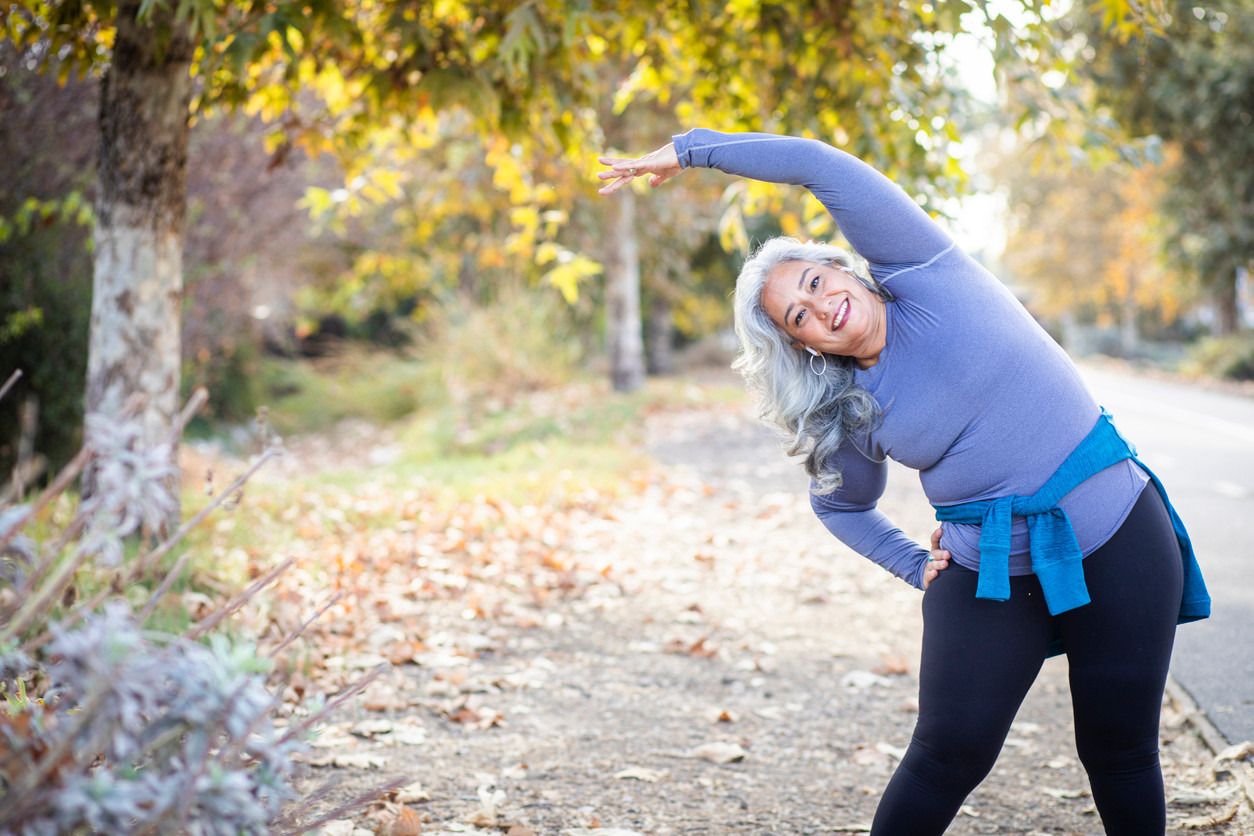Los 8 mejores estiramientos para mejorar la flexibilidad de la espalda
Aprende por qué podrías experimentar opresión en la espalda baja y cómo mejorar tu flexibilidad de espalda, especialmente con estiramientos y ejercicios de fisioterapeutas.
$0 costo para usted
Última actualización: May 7, 2025
El índice
Fully covered back pain relief
Find relief from lower back pain, a thrown out back, sciatica, & more.
Check if I'm eligibleBack stretches for lower back pain and flexibility
¿Quieres atención de expertos? Consulta si estás cubierto por nuestro programa gratuito →- Postura del niño de pie
- Estiramiento flexor de cadera de pie
- Puente
- Abrazo de rodillas
- Estiramiento de figura 4
- Gato, vaca
- Ejercicio de balanceo de rodilla
- Estiramiento de rotación de la espalda
